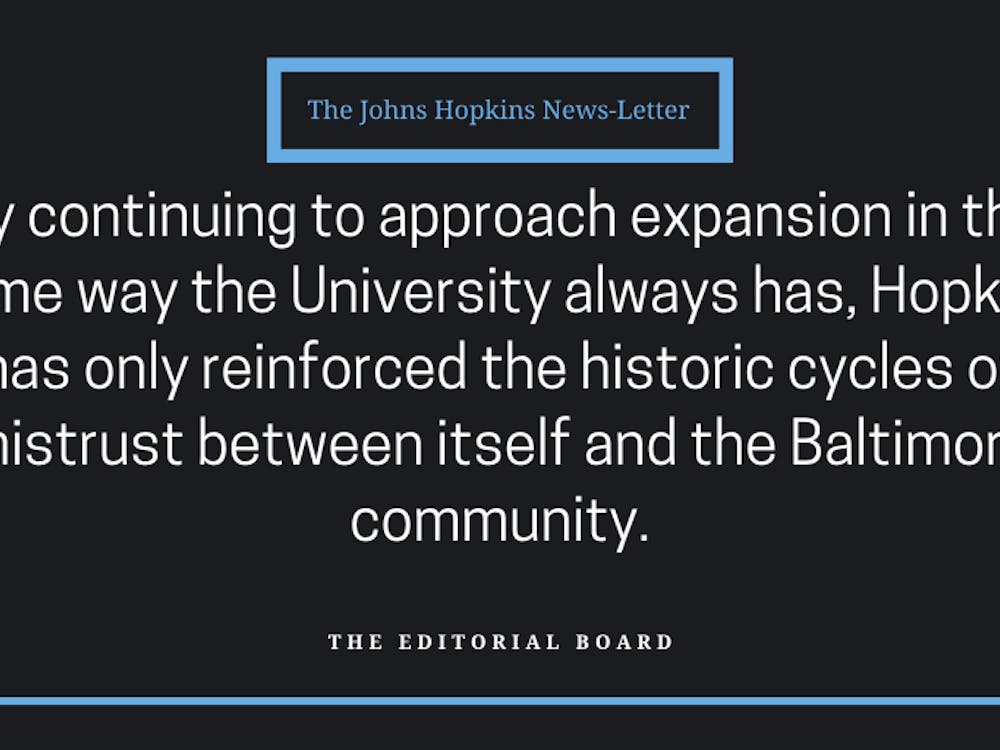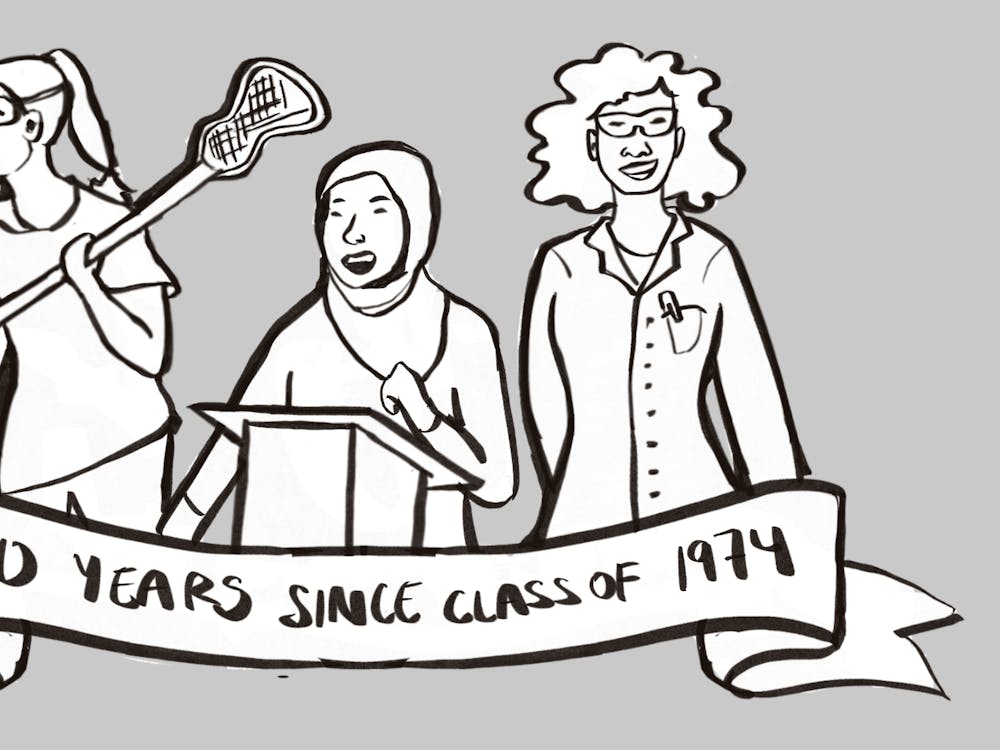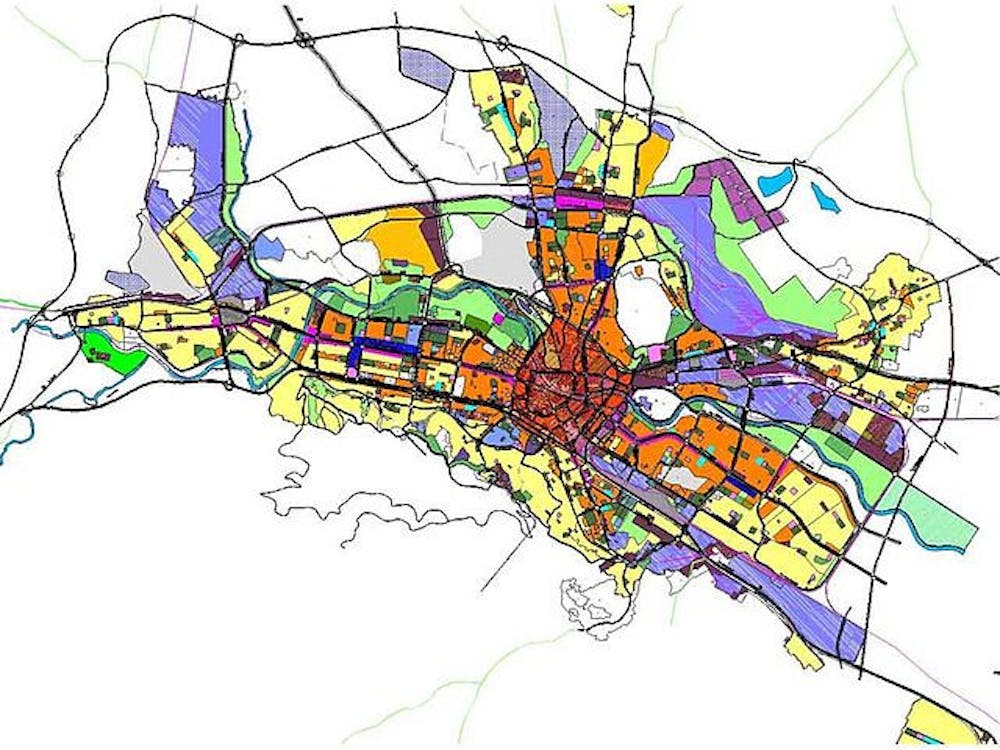After introducing himself he handed me a pamphlet. It was hard to understand what he was saying so I watched his mouth form the words. The disease had ruthlessly weakened his muscles including those involved in speech and swallowing. I looked down at the pamphlet. The words myasthenia gravis stared back at me. “Myasthania gravis is a neuromuscular disease that results in severe weakening of the skeletal muscles.”
Hank was a hospice patient. I was to sit with him while his wife, his primary caretaker, went to run some errands.
Hank was retired businessman, both congenial and garrulous. I sat across from him in his office while he told me about his grandchildren. He spoke slowly and strained to enunciate each word. I smiled yet couldn’t help but notice how gaunt he looked, how his eyelids drooped. His wife had told me that the disease was sudden onset.
Hank first noticed symptoms when he was playing tennis. He ran to hit the ball but couldn’t stop himself from barreling into the net, and onto the court, face first. After that he began declining rapidly, losing more muscle mass everyday. While the prognosis for myasthenia gravis is not generally poor, it can lead to respiratory failure and death. After receiving unsuccessful treatments for his disease, Hank continued to decline quickly and he received a prognosis of several months to live.
Hank and his wife turned to hospice care. Hospice care is palliative, end of life care. Terminally ill patients who have received a prognosis of six months or less to live are eligible to receive hospice care subsidized by Medicare. Palliative care is often called comfort care because its aim is to alleviate symptoms and manage pain. Unlike hospital patients, hospice patients no longer receive life-sustaining treatments. Thus, most hospice patients receive care in their place of residence.
According to the National Hospice and Palliative Care Organization, about 1.5-1.6 million patients received services from hospice in 2013 alone. These services are provided to the patients and their families by the hospice care team. This team is generally comprised of a physician, a nurse, a home health aide, a social worker, a chaplain and a volunteer. Together this team seeks to attend to the physical, emotional and spiritual needs of the dying individual and his or her family. The team works with the patient and family to develop an individualized care plan.
Many hospice organizations also offer other specialized services, including programs such as music therapy, message therapy, pet therapy, bereavement counseling and life review. In life review, patients are assisted with recording their own biographies through different media such as audio or visual recordings, scrapbooks or writing. I heard this story about a young woman who was terminally ill, but had just had a baby boy. While she was on hospice, a volunteer assisted her with writing 21 birthday cards for her son to open after she had passed away.
While most may find this story to be a rather depressing anecdote, others find that hospice is more life affirming than sorrowful; that human compassion and support for those taking the journey that we will all eventually take is actually quite encouraging. Working in hospice or volunteering with patients often helps them confront their own fears of death and dying. Volunteering in particular is a large part of hospice. In fact, it is the only Medicare-sponsored care provider required to source five percent of its total hours of patient care from volunteers.
Two months after I met Hank I received notice that he had passed away, leaving behind his wife of 55 years. I’m glad that Hank knew about hospice care when he got ill. I’m glad that he had a caring and compassionate team to support him and his wife. While hospice is by no means the only option when facing terminal illness, it is one that seems to enhance the lives of many no matter how much time they have left.






















Please note All comments are eligible for publication in The News-Letter.